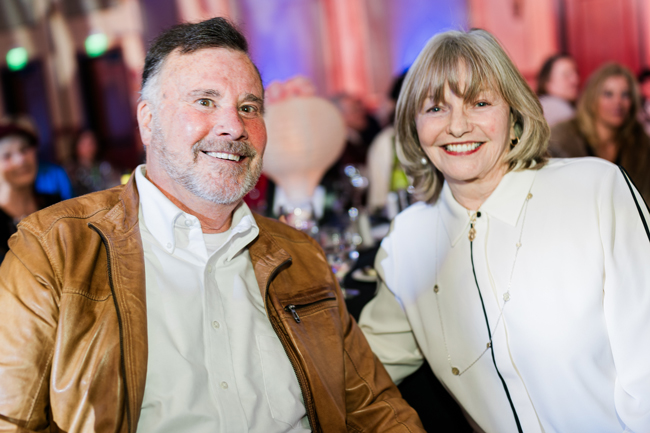Recent upgrades to the MRI machine at St. Charles Bend are hidden away, out of sight, in the basement of the hospital.
But patients who experience them will certainly notice them, said Director of Imaging Scott Nelson, who has worked in the field for 22 years.
“We used to have to lower the resolution of our images to get a faster scan for claustrophobic patients and patients in pain, or we could achieve higher resolution images, but scan times were longer. There were always tradeoffs with time and resolution,” he said. “With this new technology, we can speed up the scan time and still keep hi-res images, which makes for an overall better patient experience.”
Faster, higher resolution scans are largely the result of computing advances over the years, said Alex Boggs, MRI Technologist Manager at Central Oregon Radiology Associates (CORA), who is overseeing the upgrades. More recently, integration of Artificial Intelligence has further improved the MRI experience, he said.
“The software has been shown thousands and thousands of images, so it learns the difference between quality signal and noise,” Boggs said. “Once it’s learned that, you can scan faster.”
For a variety of reasons, there is no easy way to quantify how much faster scans will be with the upgrades, Boggs said, but many scan times will drop significantly. And higher resolution scans often mean a clearer look inside the body for physicians, which can lead to earlier diagnoses, quicker treatment and better outcomes for patients, Nelson said.
CORA partners with St. Charles to provide the Bend hospital’s MRI, or magnetic resonance imaging, which uses a strong magnetic field and radio waves to create detailed images of the body’s organs, bones, muscles, blood vessels and other internal structures. MRI is used for many different fields of medicine, including stroke evaluation, examination of masses and ruptures of tendons and ligaments. It’s very versatile and it’s safer than CT scans because it doesn’t use ionizing radiation, Boggs said.
The improvements to the Bend hospital’s MRI extend beyond its imaging capability, too. The new machine is more comfortable, Boggs said, and the hole through which patients pass is 70 centimeters across — a 17% increase over the previous machine.
“There’s quite a bit more elbow room in there, so it’s more comfortable for everyone, and especially for people who are apprehensive about tight spaces,” Boggs said.
In recent years, Bend hospital caregivers have had to transfer some patients to Redmond because of size and weight constraints. That won’t be an issue anymore, Boggs said.
“We’ll be able to care for more people in Bend, which means they’ll get the service they need where they are,” he said. “Transferring them is expensive, it’s logistically complicated and it comes with added risk. With this new scanner, there’s virtually no reason for us to ever have to send a patient elsewhere, and that’s a good thing.”




